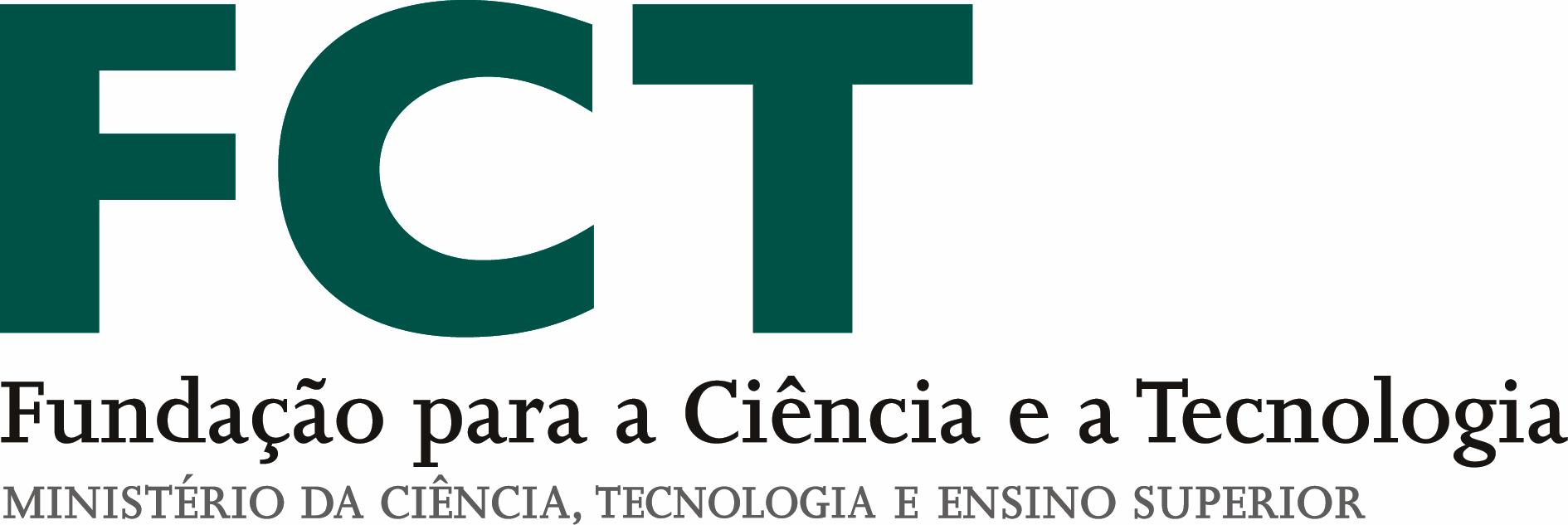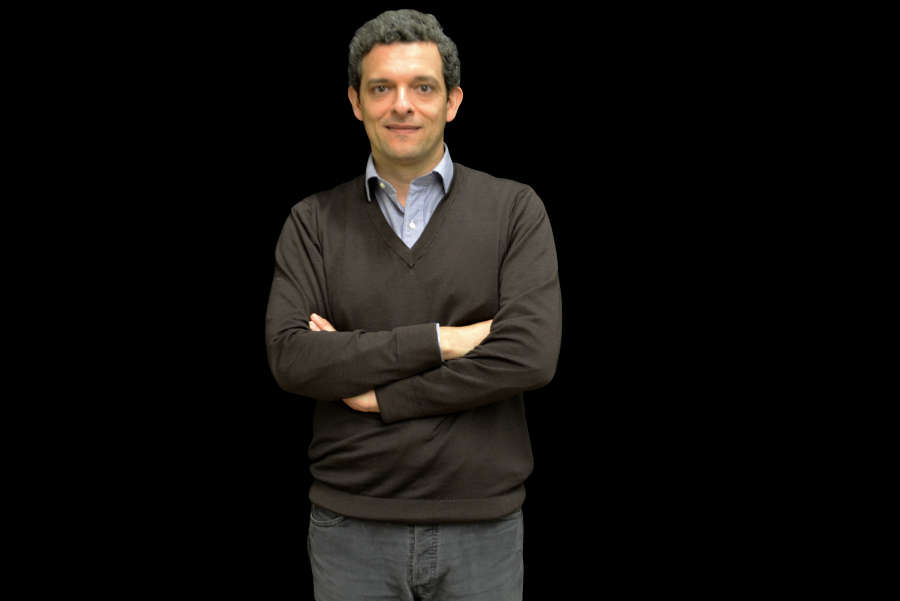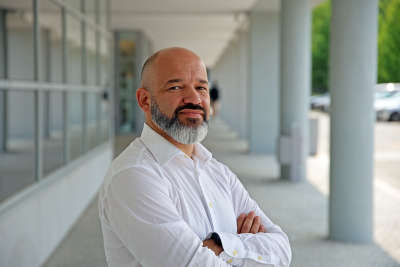Modeling, querying and interactive visualization of spatiotemporal data
The general scope of the MOST Project (INESCTEC and University of Aveiro): Recent technological advances have allowed the collection of data volumes on the evolution of spatio-temporal phenomena much higher than the existing capacity to analyze them and extract relevant information in various scientific areas. Therefore, tools capable of automating processes of quantitative analysis of spatio-temporal data are increasingly necessary, ensuring levels of objectivity, precision, and reproducibility compatible with the performance of scientific work. Currently, there are well-known tools for processing static spatial data (e.g., Geographic Information Systems), but support for modeling dynamic phenomena is limited, often requiring a great effort in programming complex algorithms that are specific to a particular problem. This project focuses on the development of advanced tools for modeling and analyzing spatio-temporal data, using continuous representation models in space and time. The key element will be a data management system capable of modeling generic spatial transformations (e.g., shape change, size change, translation, rotation, aggregation or fractionation of entities or objects) representing the phenomena of interest over time. This system will be accessible through a query language providing functions for the management, query, and processing of large volumes of data. Methods will also be developed to create spatio-temporal representations from sequences of images or videos, and data visualization tools and user interaction. An integrated set of tools will be provided to simplify the conduct of studies on spatio-temporal phenomena. The goal is to reduce the time and effort that today is necessary to dedicate to the development of complex data management and processing procedures, thus freeing resources for the performance of the studies themselves. The proof of concept is based on two case studies involving the modeling of spatio-temporal phenomena with distinct characteristics. The first consists of modeling the propagation of forest fires from aerial images, with a view to conducting studies on carbon emissions to the atmosphere. The second consists of creating a database characterizing the morphological changes that cells undergo when they move in their own environment. The quantification of these characteristics is important in biological processes such as embryonic development or tumor formation. The origins of the data are microscopic videos. In the future, it is also intended that the results of this project can be applied in other areas, for example, in studies on coastal erosion, river silting, or others.






